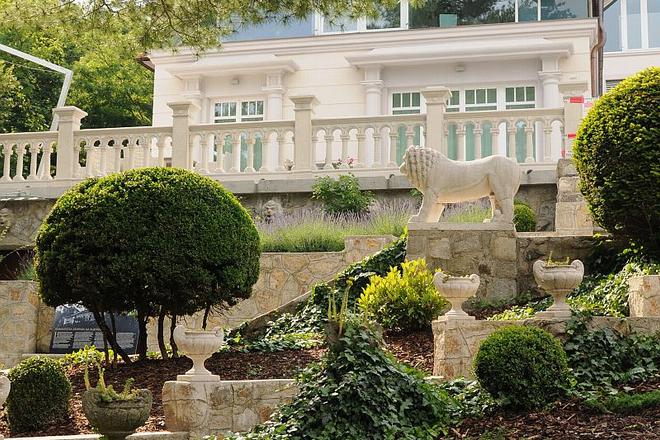INSPIRED by the Open Garden Squares Weekend organised in London since 1998, the National Trust of Slovakia organised the third edition of the Weekend of Historic Parks and Gardens of Bratislava between June 3 and 5. The main aim of the event was to honour the value that Bratislava’s historical parks and gardens bring to the city. This year’s event again attracted thousands of Bratislavans, giving them the opportunity to visit several gardens and parks that are usually not open to the public.
“Our aim is to raise people’s awareness about the value of our open green spaces and to involve residents of Bratislava and visitors in the active protection of the historic environment of our city,” Michaela Kubíková, director of the National Trust of Slovakia, wrote in the programme leaflet.
That people were willing to wait for more than an hour to enter the former Brunissi garden on Hlboká Cesta proved that Bratislavans are interested and concerned. This villa garden, resembling a beautiful Tuscan garden, was created by Vittorio Brunissi, an artistic mason of Italian origin, and was lovingly restored by its current owners after years of neglect. It was but one of many gardens and parks opened to the public on this occasion.
Other places that are not normally open to the public included the Lippay garden, the garden within the space of the Slovak Government Office, and the courtyard of Motešický Palace on Laurinská street. While the Lippay garden was one of the most famous Bratislava gardens between the 17th and 19th century, the latter is a recent transformation of a concrete courtyard into a green oasis.
For the festival, other city parks and gardens that are regularly accessible to the public prepared special interactive and creative activities for families and people of all generations. The event had an educational facet as well. Students from the Secondary School of Gardening in Malinovo presented a short history of each park or garden open for the event as well as information about the plants and flowers that could be found in each. Did you know, for example, that horse chestnut trees were most commonly planted during the Baroque period?


 The Brunissi garden on Hlboká Cesta. (source: Jana Liptáková)
The Brunissi garden on Hlboká Cesta. (source: Jana Liptáková)